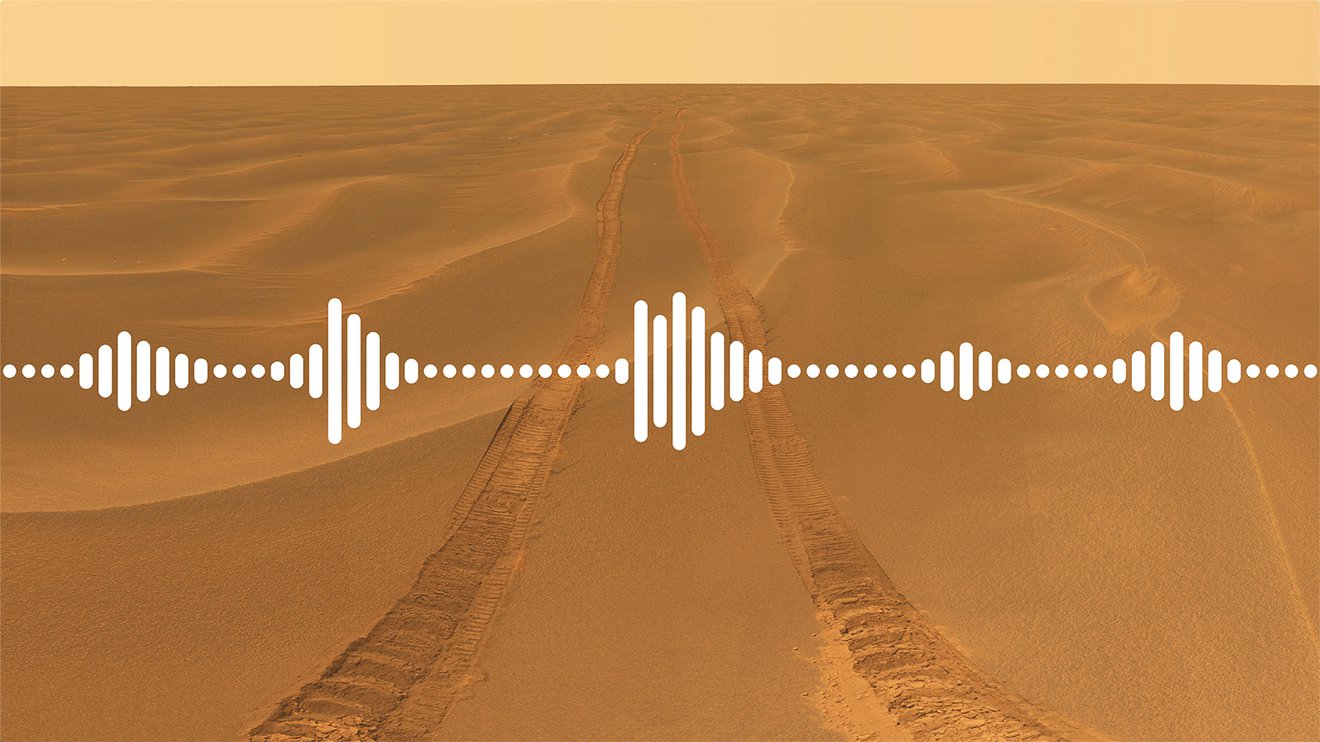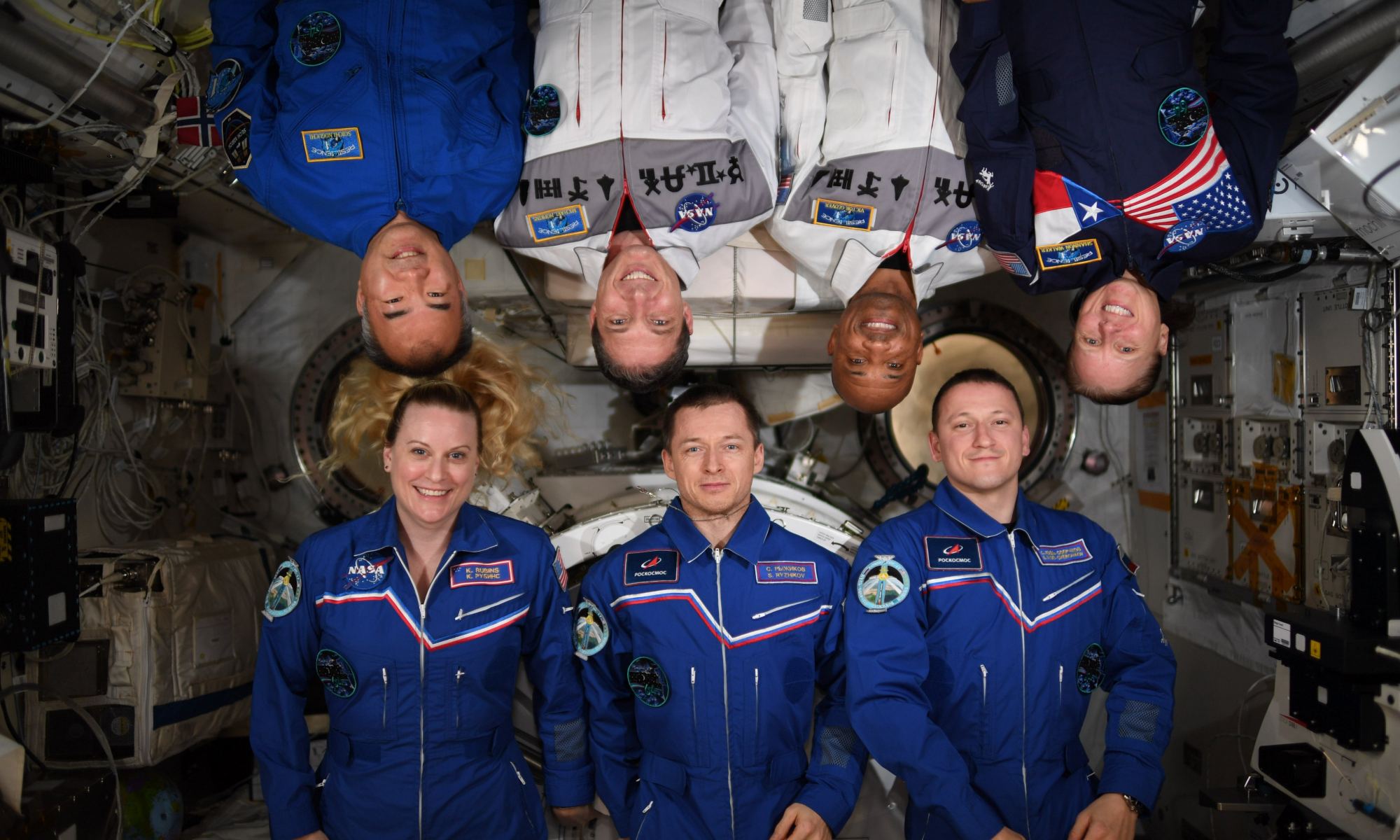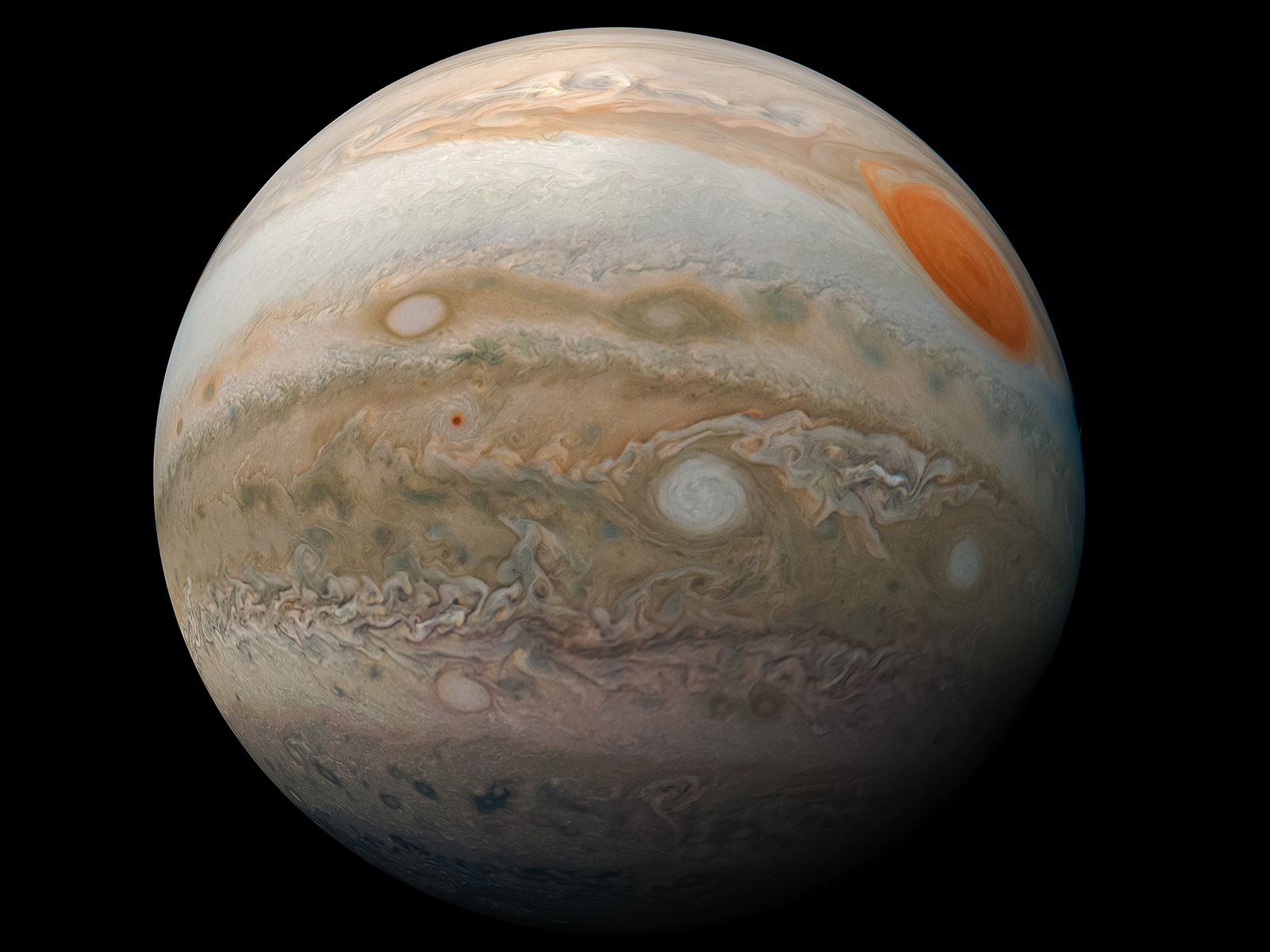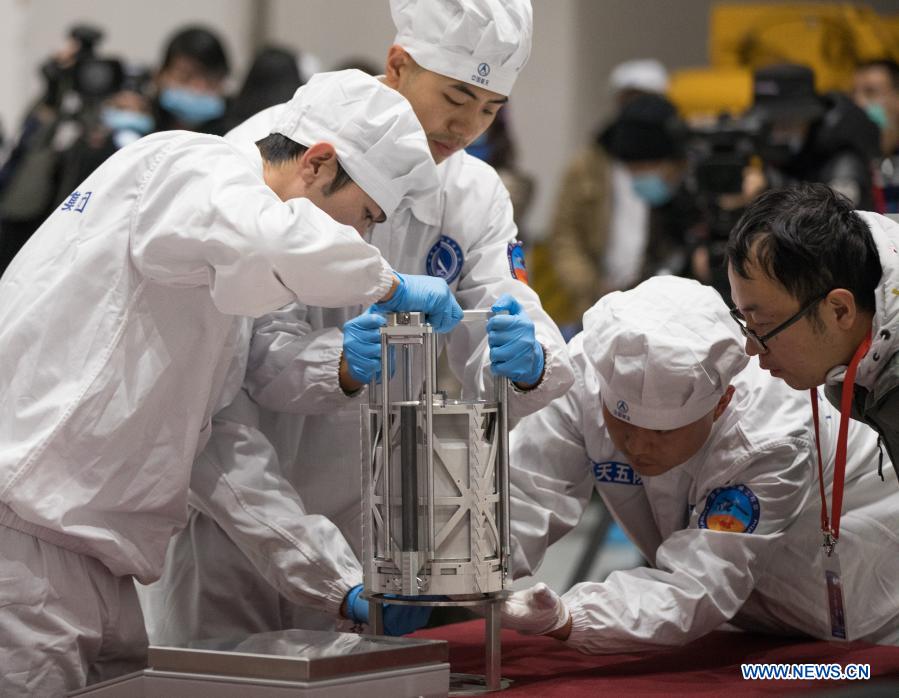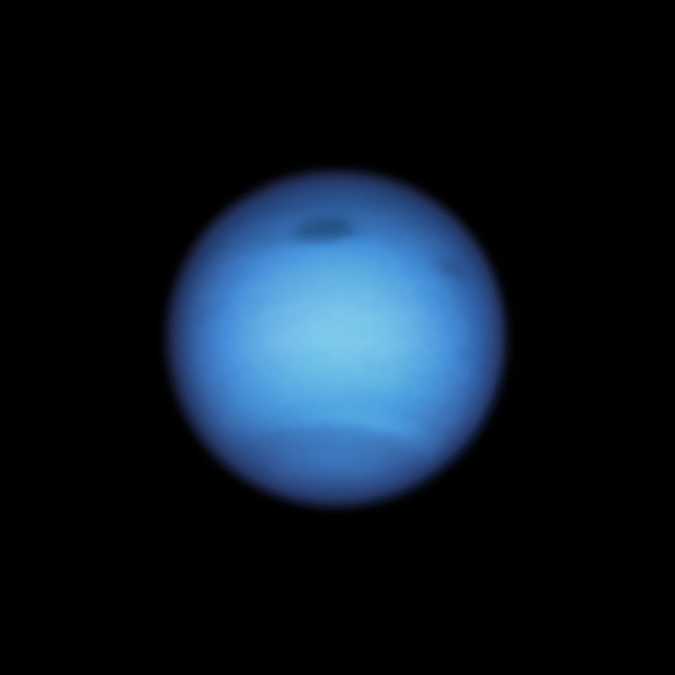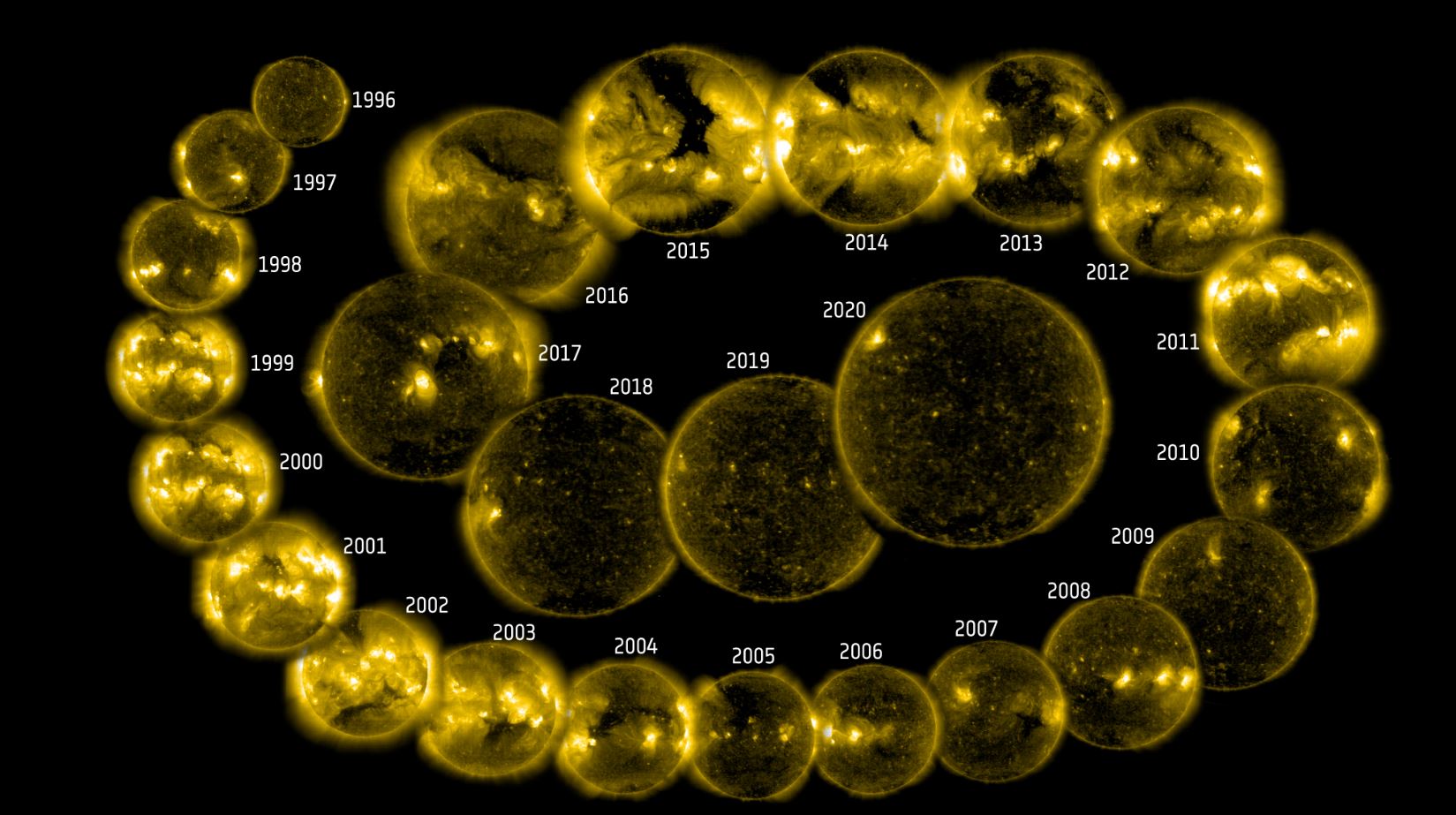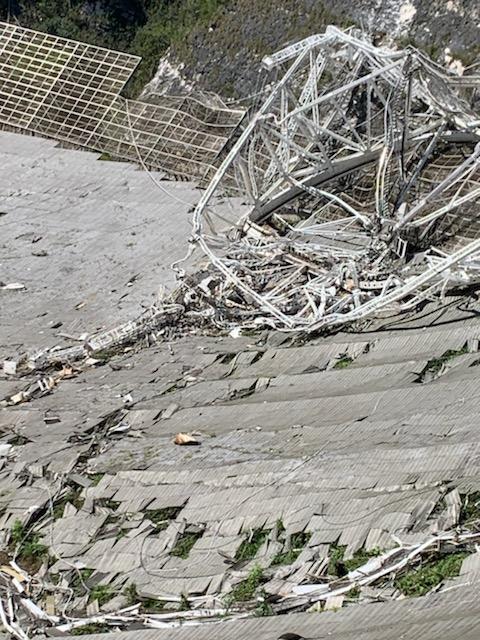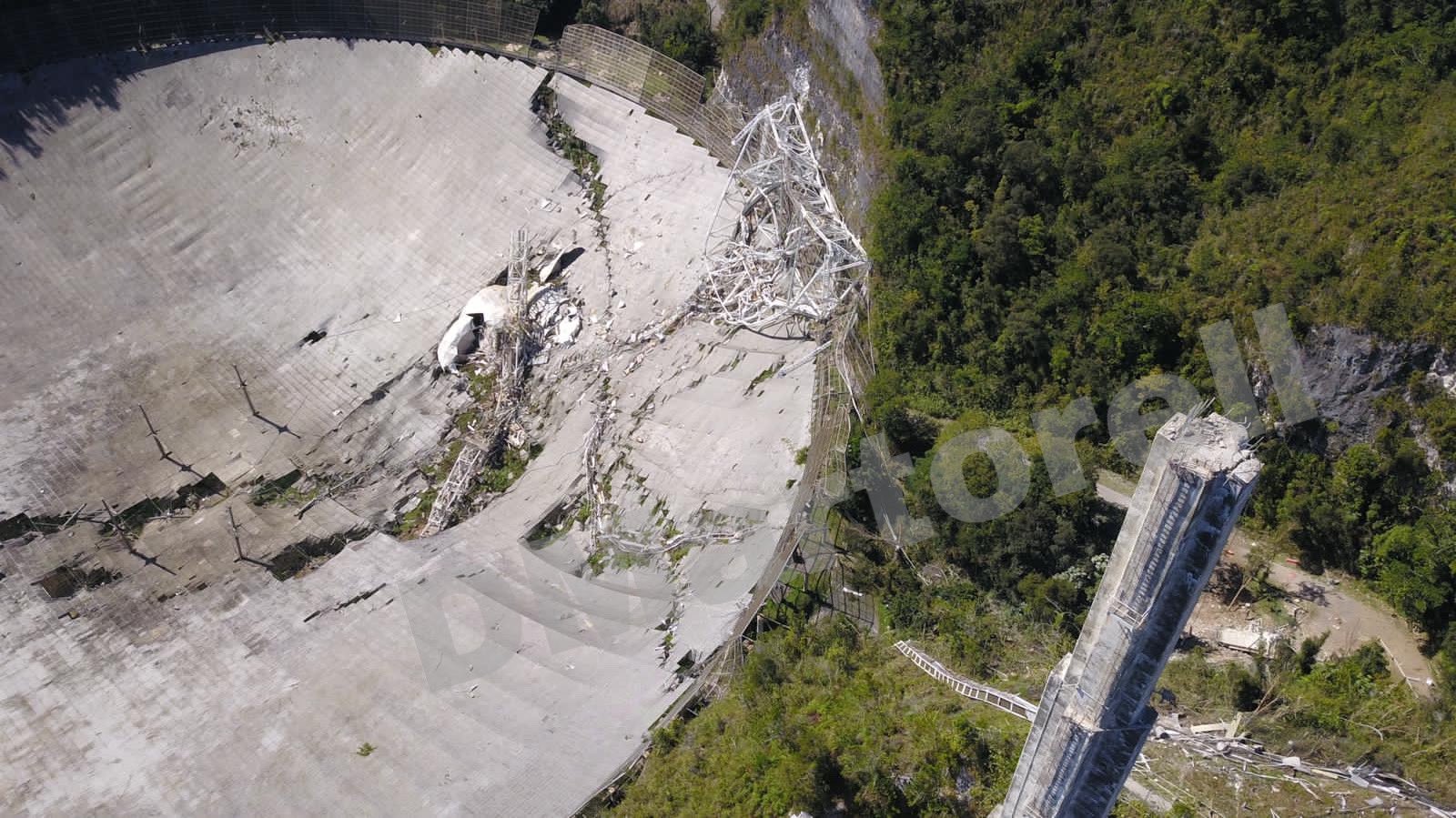Many consider the various rovers we’ve sent to Mars as the next best thing to sending a geologist to the Red Planet. Spirit, Opportunity and Curiosity have carried all the necessary equipment similar to what human geologists use on Earth, and are able to navigate the terrain, “see” the landscape with the various cameras, pick up rock and dust samples with scoops, and then analyze them with various onboard tools and equipment.
In addition to all those things, the new Mars 2020 Perseverance rover will add a “sense of hearing” to its robotic toolkit. The rover includes a pair of microphones to let us hear – for the first time – what Mars really sounds like.
Continue reading “Thanks to Perseverance, We’re Finally Going to Hear What Mars Sounds Like”
